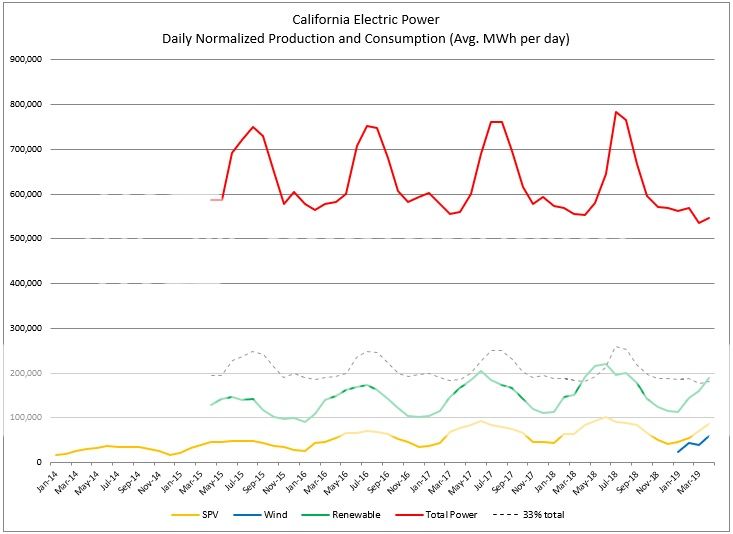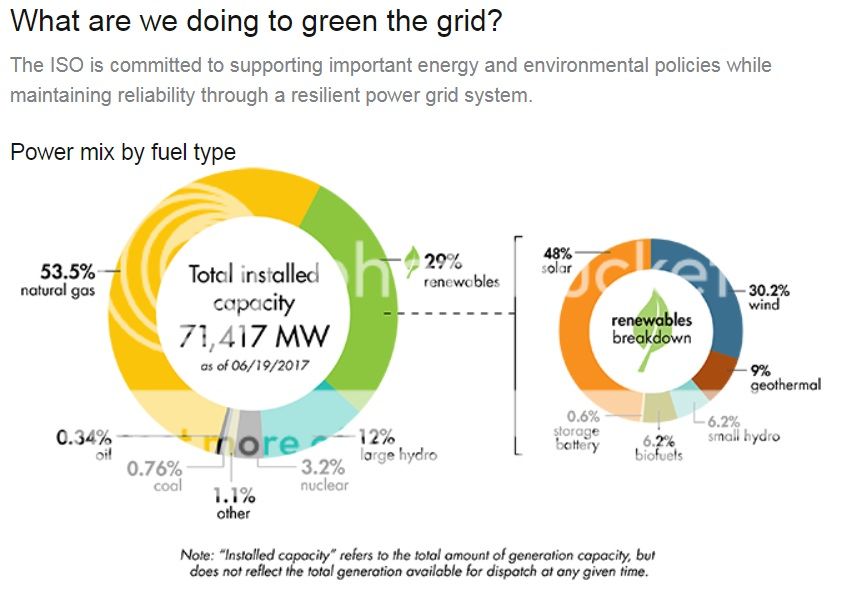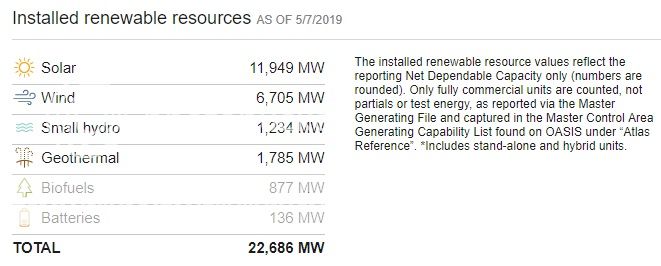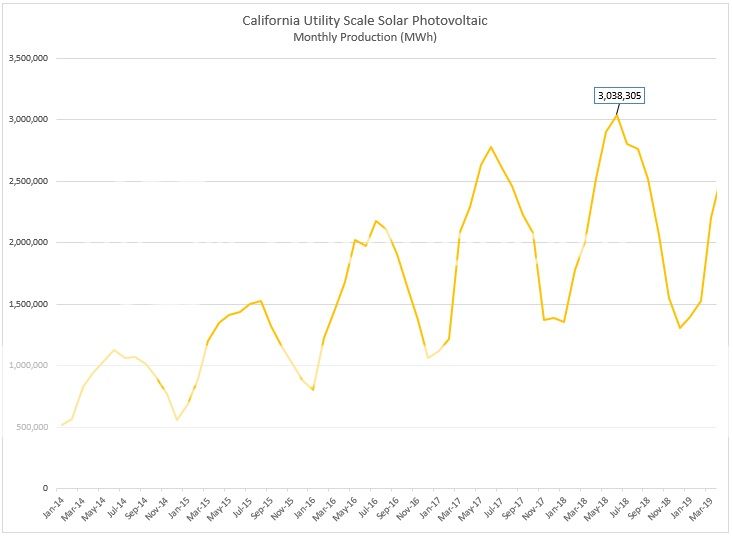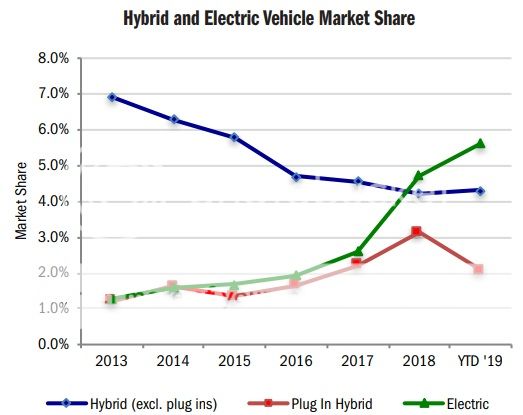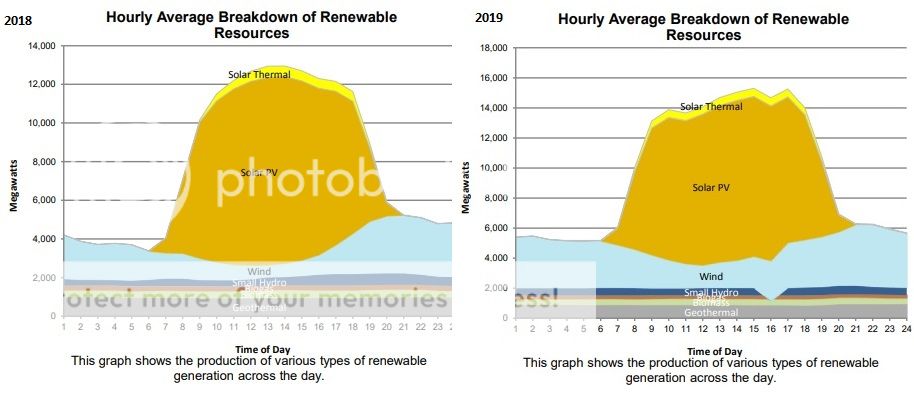arisythila
Member
.....True? I guess what needs to happen is that Californians need to organize, come up with a coherent plan to address rising CO2 levels and elect representatives amongst themselves to address this issue that the market is unable to correct..... wait... did I just describe government? Weird. If there's a better way I'd love to hear it....
The market does work best in many areas... it's not so good in others. Like unwarranted wars, killing people, prisons, police, fire AND AFFORDABLE healthcare, CLEAN energy production, GOOD schools, etc etc.
Remember Co2 is the main food for all life on earth. Co2 is not a pollutant. It is VERY critical for life on earth today. Good start would be to separate Co2 from poisons. So how about separating poison from primary nutrient for all life on earth. This would be a very logical separation.
Would be best for the individual to take charge of their waste, and other things. Again relentless spending and stuff on government to take care of us will only cost astronomical levels, If we can decentralize it, and it all starts with the individual.
I personally purchase fruits, and I don't use plastic bags and stuff, When I purchase other things like meats, I try to go direct to the farm. Doing small things like this can greatly help. We've got local fruit farms here where we can go to pick our own fruits and stuff right from the plant.
Ride sharing, buses, etc etc.. There are quite a few things that government does offer to help cut down, and heck if you work for like the shipyards and stuff some of them provide transportation for individuals. Las Vegas does this quite a bit, large huge parking lots, and ride share to the strip where people work.
We just have to be mindful of what we do, not legislate what we think people should do. Change mindsets, instead of controlling mindsets.
Last edited:



